Isle of Rum
About The Island
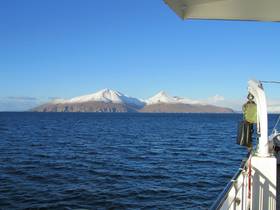
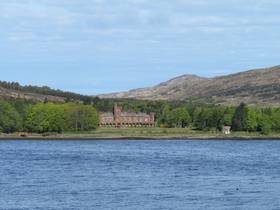
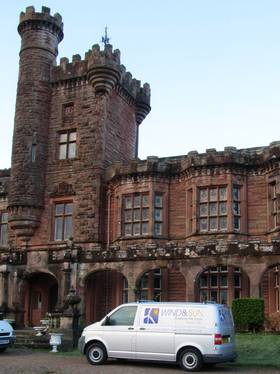
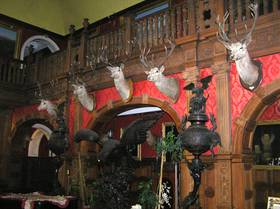
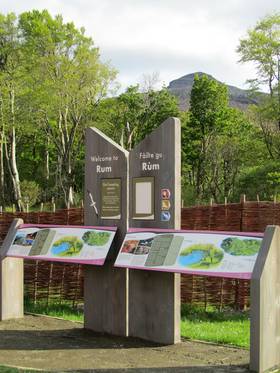

Rum is the largest of the Small Isles on Scotland’s western seaboard. It lies about 25km from the mainland, between the Isle of Skye and the Ardnamurchan peninsula.
It is owned by NatureScot (formerly Scottish Natural Heritage (SNH)) and has been a National Nature Reserve since 1957, when the Nature Conservancy Council bought Rum and was gifted the castle by Lady Bullough ‘to be used as a nature reserve in perpetuity and Kinloch Castle maintained as far as may be practical'.
An island of stunning mountain and coastal scenery, the Rum Cuillin mountains are the remains of a huge, ancient volcano and attract geologists from all over the world. Rum is home to spectacular wildlife including eagles, (sea eagles were reintroduced to Scotland here), red deer, otters, goats and the hardy Rum ponies. Over 100,000 Manx shearwaters nest in the hills.
The red deer research on the island is one of the longest running studies of a population of large mammals anywhere in the world. The red deer ruts are featured regularly on BBC’s ‘Autumnwatch’.
The Communtiy On Rum
Rum's residents (around 30 full-time plus up to 100 summer visitors) live in Kinlochvillage and the castle, on Loch Scresort, on the east side of the island.
Buildings comprise around fifteen dwellings, workshops, the School, village hall and the Grade A listed Kinloch Castle.
This is an extravagant Edwardian dream, built as a hunting lodge by wealthy industrialist George Bullough in 1897. It featured in the BBC 'Restoration' competition in 2003 and is a huge, three-floored building with a large area of historical rooms which remain as a unique time capsule. The castle and its grounds are open to the public for tours, and hostel accommodation for visitors is also provided within the castle.
It was also the first private residence in Scotland to have electricity, with a dam constructed on the Coire Dubh burn for hydro generation. This powered it’s electric lighting (which it was boasted could light Glasgow, the only other populated area in Scotland with electric light at that time).
In 2009 and 2010 there was a phased transfer of land and assets in and around Kinloch Village from Scottish Natural Heritage to Isle of Rum Community Trust ownership to give the community and individuals control over their own destinies and help re-vitalise the island.
As part of this SNH undertook to upgrade the island electricity scheme and in 2008 a study was commissioned from a team including Wind & Sun to survey the existing network and investigate improvements that could be made using renewable energy systems.
Aspects which needed to be taken into account included:
- Rum’s status as a National Nature Reserve and any environmental impacts from proposed generation
- Integration into Rum’s electrical network in terms of control and network management
- Transport logistics for installation, and subsequent access for maintenance
- On-going maintenance requirements












Electrical system
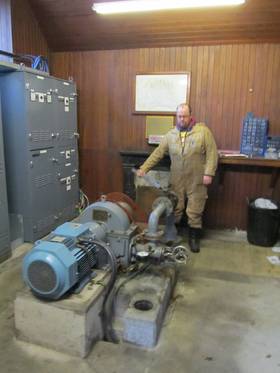

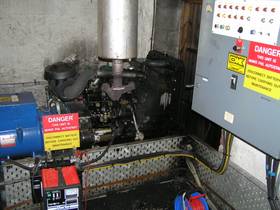
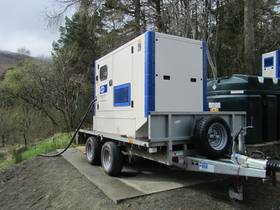
The existing 3-phase system comprised two hydro turbines 15kW & 30kW), back-up diesel generators and a low voltage (LV) cable network around the community whose furthest points were already quite near the limit of LV operation in terms of voltage drop and energy losses. Small or large hydro or diesel generators were selected depending upon load and available water flow.
At times the island load could peak at levels exceeding the power output capacity of the generator which is running causing a power cut on the island. This would then require manual intervention either to restore the system to hydro operation in order to save diesel fuel, or to shut down the hydro generator. This task placed a load on island personnel (the mechanic in particular) at inconvenient times of night or day.
Available records of energy generation and consumption were analysed and although most domestic properties on Rum consume less electrical energy than the typical UK average the Castle’s (non-heating) electrical energy consumption was comparable with that of all the other metered properties put together.
Overnight baseload was approximately 10kW, loads during the day around 15kW, with morning and evening peak of around 24 kW. The total daily energy consumed was ~ 350 kWh, with ~ 80 kWh being consumed between midnight and 7am.
In theory, on average, the existing hydro system could meet most of the total average consumer energy consumption. Unfortunately, significant amounts of diesel generation had to be employed to meet demand, because the available hydro power falls off markedly in the summer months (April to August). and there is no energy storage capacity at the hydro intake.
Conversely during the winter surplus hydro energy is generated which was used to heat the Castle.
To help to match renewable power supply to consumer load demand, and make better use of the renewable resources available, energy storage of some kind was required.
Construction of a reservoir and upgrading of the hydro would have involved too much civil works & cost so it was decided to incorporate battery storage and a Sunny Island inverter/charger control system.








Sunny Island System
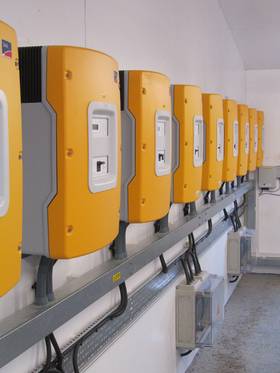
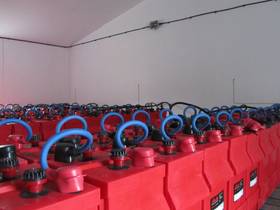

Originally two 3-phase clusters each consisting of 3 x Sunny Island SI-5048 inverters with a 53kWh Rolls deep cycle battery bank were connected to a Multicluster Box 12 with remote monitoring provided over the Internet using Sunny Webbox & Sunny Portal. 38kVA & 60kVA back up diesel generators and the refurbished 15kW & new 30kW hydro turbines were incorporated.
Because of the initial success of this a third cluster was added after three months to increase system inverter capacity to 45kW.
SSE Contracting were appointed as main contractors and to refurbish the 15kW and install a new 30kW hydro turbine; to modernise the protection, control & distribution system together with replacing the worn out diesel generators. Gordon Mackenzie undertook civil works and constructed a new building to house the batteries & inverters.
The new system has provided system balance – so peak loads can be accommodated using the hydro generation only and providing automatic control of the diesels when needed. These have resulted in 24 hour power, reduced diesel consumption and reduced maintenance.






Updates to the System
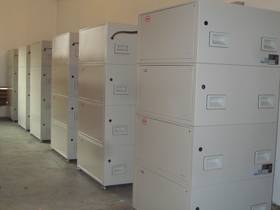
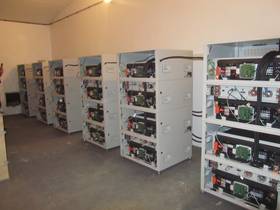

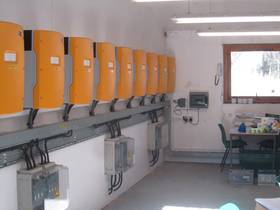
Since the Sunny Island system was installed in 2010/2011 there has been some new building on the island and an increase in population. In order to help with a shortfall in hydro power over the summer months the addition of a PV array is being considered
Battery and Inverter Upgrade 2022
The population on Rum is relatively small and in order to reduce maintenance requirements it was decided to upgrade the battery system by replacing the Rolls lead acid batteries with Lithium Ion. These also have the advantage of being able to accept a full charge in a shorter time so require less running time from the diesel generator. At the same time the original Sunny Island inverters were replaced with latest version to accommodate these batteries and the remote monitoring was improved.
The old batteries and inverters were all removed from the island for re-cycling.
The upgraded system consists of:
3 Clusters each comprising 3 x SMA Sunny Island 8.0H-13 6kW inverters and 4 x BYD-LVL 48V 15.4kWh lithium ion battery modules.
Giving a total system size of 54kW and 184kWh storage.
The system is now monitored using an SMA Data Manager which allows operation to be viewed and parameters changed if required remotely.







